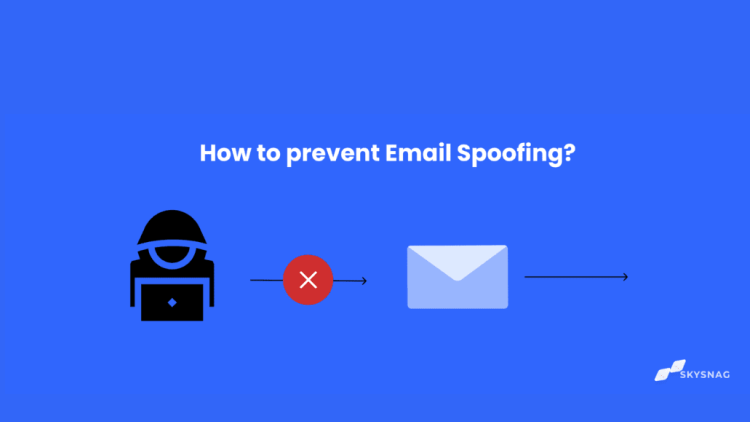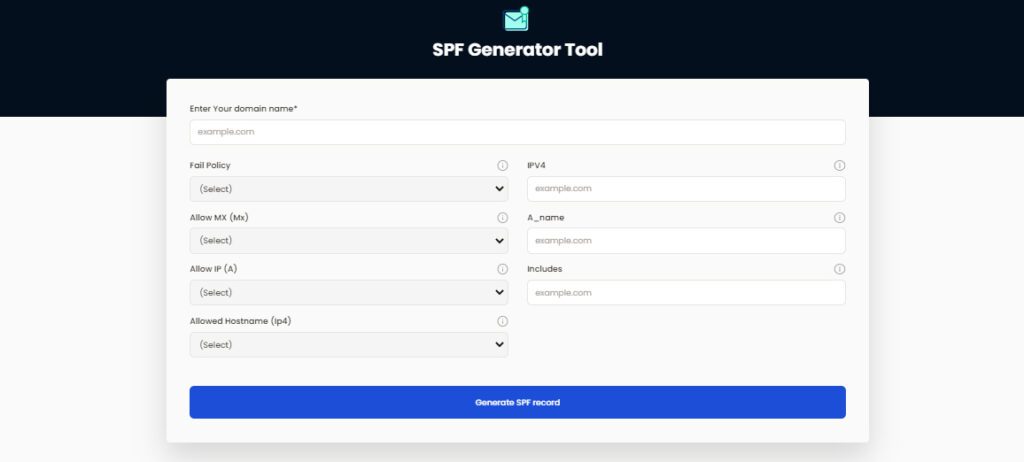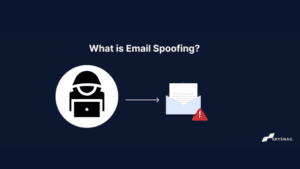How to prevent Email Spoofing.

Spoofing emails is one of the most frequent sorts of hacker behavior that includes email exchanges. Everything you need to know about email spoofing, including what it is, why it happens, and how to handle it, will be covered in this article. We’ll start with the basics but feel free to jump ahead with the links below.
Table of Contents
- What is Email Spoofing
- How is Email Spoofing carried out
- Risk of Email Spoofing
- How to Prevent Email Spoofing
- Conclusion
What is Email Spoofing?
Email spoofing is the creation of email messages with a forged sender address. This signifies that the message appears to have originated from a source other than the one intended. It is a common strategy used by spammers to get over the filters that block their mass mailing campaigns, increasing the likelihood that their intended recipients would get their messages.
How is Email Spoofing carried out?
Cybercriminals manually edit mail headers using specialized software to spoof the sender’s email address making the email appear to have been written by someone else. Despite the fact that the majority of modern mail clients and services can recognize spoof emails, some businesses employ outdated mail software, leaving them vulnerable to email spoofing.
Risk of Email Spoofing
Email spoofing is extremely hazardous and disruptive because it does not require any account to be compromised by bypassing security safeguards that most email providers currently apply by default. It takes use of the human element, particularly the fact that nobody double-checks the header of every email they get. In addition, doing it on a fundamental level is relatively simple for attackers and takes little to no technological expertise. Not to mention the possibility of changing any mail server’s configuration to make it the same or nearly identical in order to pass.
How to Prevent Email Spoofing with Skysnag
Implement Email Authentication Protocols
Our automated free SPF record checker tool allows recipients to verify that the transmitting IP address has the necessary authorization to send emails on behalf of the mail’s “envelope from” address. This validation takes place before the message’s body is downloaded, enabling you to reject all emails from scammers.
To assist you with SPF implementation, use our free SPF generator tool designed to help you generate an SPF record or modify your current SPF record, this tool also verifies that the modified record has the correct syntax.

In addition to SPF, other effective defenses against email spoofing include DKIM, and DMARC. DKIM checks to see if the message content is valid and unaltered, whereas DMARC assists email recipients in identifying when an email isn’t from a company’s allowed domains and providing information on how to safely dispose of unwanted email. DMARC functions as a layer on top of SPF and DKIM.
Conclusion
To assist in preventing email spoofing. Skysnag has developed powerful automated encryption tools that keep your email contents and their attachments safe, and are simple to employ, while also delivering digital signing and state-of-the-art verification processes. Sign up using this link for a free trial today and protect your mail headers from being manually edited by cybercriminals.





